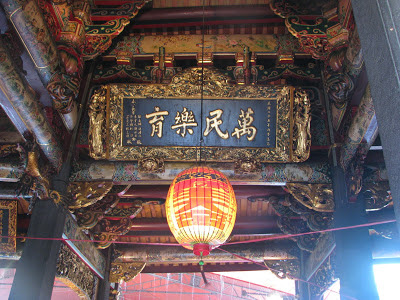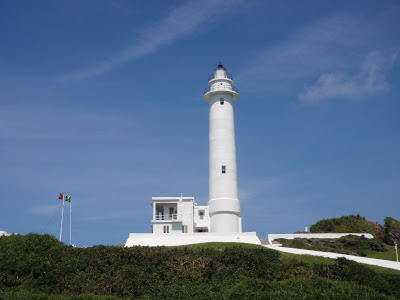 |
island map showing inscribed property in red,
yellow is buffer zone
|
Here are some
excerpts detailing why Reunion was inscribed:
"... The property covers more than 100 000 ha or 40% of La Réunion ... Dominated by two towering volcanic peaks, massive walls and three cliff-rimmed cirques, the property includes a great variety of rugged terrain and impressive escarpments, forested gorges and basins creating a visually striking landscape. It is the natural habitat for a wide diversity of plants, presenting a high level of endemism. There are subtropical rainforests, cloud forests and heaths creating a remarkable and visually appealing mosaic of ecosystems and landscape features.
 |
| Trou de fer (picture © Hervé Douris via UNESCO) |
... The property harbours the most valuable natural habitats and the species assemblages they support remaining on the
Mascarene Island group. It protects key parts of a recognized global centre of plant diversity and features a remarkably high level of endemism across many taxa. Thereby, Pitons, cirques and remparts of Reunion Island is the most significant and important contribution to the conservation of the terrestrial biodiversity of the Mascarene Islands.
Criterion (vii): The combination of volcanism, tectonic landslide events, heavy rainfall and stream erosion have formed a rugged and dramatic landscape of striking beauty, dominated by two towering volcanoes, the dormant
Piton de Neiges and the highly active
Piton de la Fournaise. Other major landscape features include "
remparts" - steep rock walls of varying geological age and character, and so-called "
cirques", which can be described as massive natural amphitheatres with an imposing height and verticality.
 |
| example of a rempart on Réunion (photo Wikipedia) |
There are deep, partly forested gorges and escarpments, with subtropical rainforests, cloud forests and heaths creating a remarkable and visually appealing mosaic of ecosystems and landscape features.
Criterion (x): The property is a global centre of plant diversity with a high degree of endemism. It contains the most significant remaining natural habitats for the conservation of the terrestrial biodiversity of the Mascarene Islands, including a range of rare forest types. Given the major and partly irreversible human impacts on the environment in the Mascarene archipelago, the property serves as the last refuge for the survival of a large number of endemic,
threatened and endangered species.
Integrity
Building upon earlier forest and nature conservation efforts, La
Réunion National Park was established in 2007. This status provides an adequate legal framework to ensure the protection of the property, whose boundaries coincide with that of the national park. The boundaries of the property encompass the exceptional features of the natural landscape, as well as almost the entire remaining natural or close-to natural ecosystems remaining on La Réunion and thus the key biodiversity values.
The integrity of the property is subject to a range of threats. Despite ongoing management efforts, invasive alien species are a permanent management challenge posing a very real threat to the biodiversity values of the property. Evidence of
past losses of many native species on La Réunion and on other islands of the Mascarene archipelago underlines the severity of this threat..."
 |
| Fournaise volcano (picture © Hervé Douris via UNESCO) |
Links are mine.
To find out more about Réunion, please follow
this link.





















